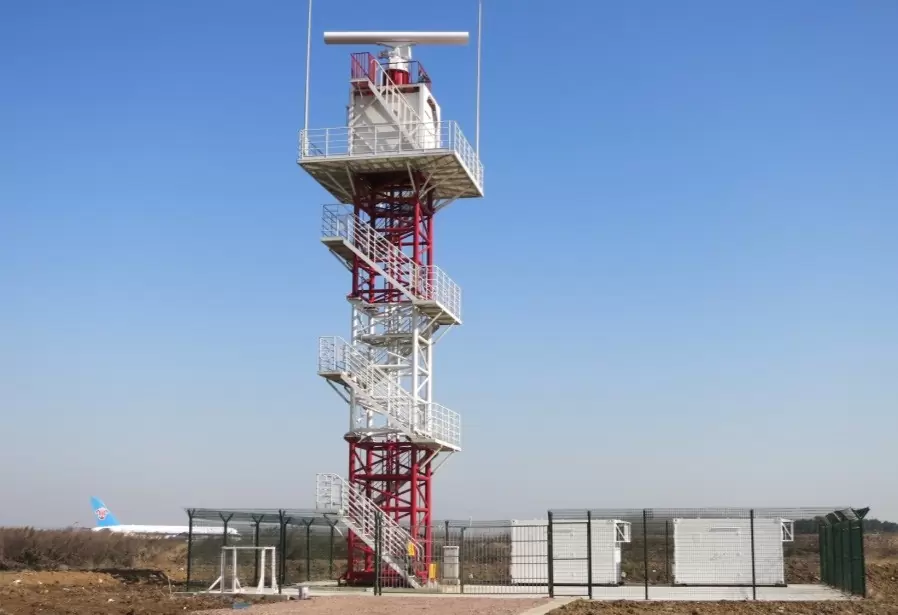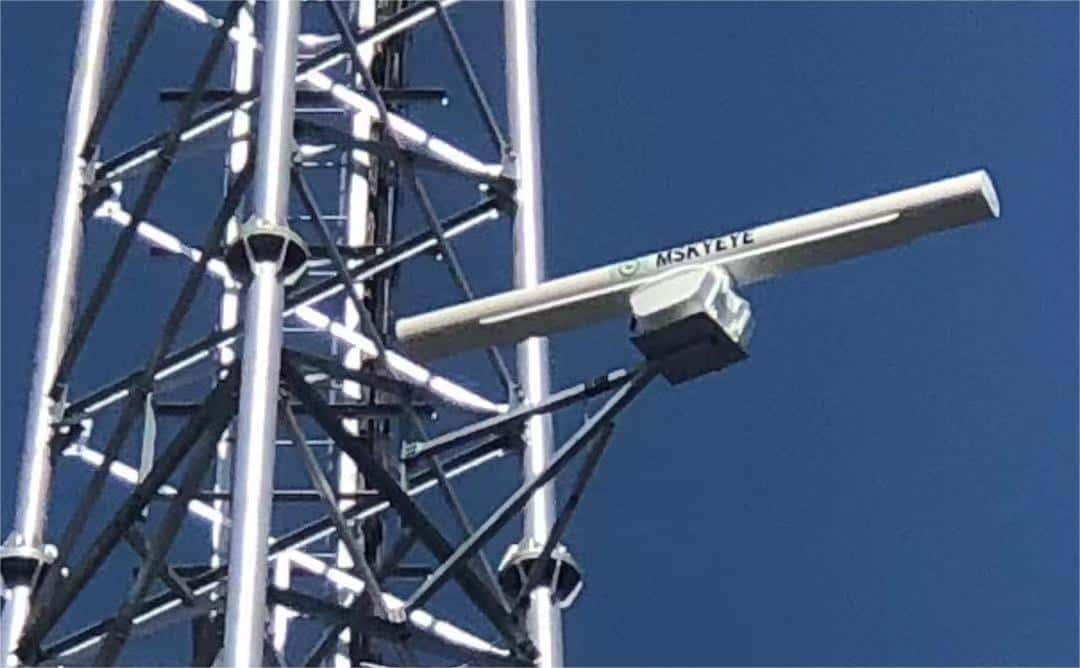The Differences Between Airport Surveillance Radar and Surface Movement Radar
Airports are complex operating environments that rely on various radar systems to ensure safe and efficient operations. Two important radar systems used at airports are Airport Surveillance Radar (ASR) and Surface Movement Radar (SMR). While they serve different purposes, both systems are vital for maintaining situational awareness and enhancing aircraft and ground vehicle movement. In this article, we will explore the differences between ASR and SMR, highlighting their functions and key features.

Airport Surveillance Radar (ASR):
ASR is a long-range radar system installed at airports to detect and track aircraft during their approach, departure, and en-route phases of flight. The primary function of ASR is to provide air traffic controllers with valuable information about aircraft position, altitude, speed, and direction. ASR operates over a wide area around the airport, typically covering a radius of several tens of nautical miles. It helps monitor airspace, facilitates efficient air traffic control, and enhances overall safety by aiding in collision avoidance.
Key Features of ASR:
a. Long-range coverage: ASR provides extended coverage, allowing controllers to track aircraft at significant distances from the airport.
b. 3D surveillance: ASR is capable of determining the altitude of aircraft, enabling accurate information about their position in three-dimensional space.
c. Weather detection: ASR can detect and track severe weather phenomena, such as thunderstorms, which helps controllers plan and reroute aircraft to avoid hazardous conditions.

Surface Movement Radar (SMR):
SMR, as the name suggests, is a radar system designed specifically to monitor and track ground movements at airports. It primarily focuses on detecting and tracking vehicles, aircraft, and personnel operating on the airport surface, including runways, taxiways, and aprons. The information provided by SMR enhances ground traffic control, supports aircraft routing, and reduces the risk of ground collisions.
Key Features of SMR:
a. Precise ground surveillance: SMR offers high-resolution tracking and monitoring capabilities, allowing controllers to gather accurate information about the position and movements of surface vehicles.
b. Runway incursion prevention: One of the primary goals of SMR is to enhance runway safety by providing real-time detection of potential runway incursions and issuing timely warnings to pilots and ground vehicle operators.
c. Integration with other systems: SMR is often integrated with other airport surveillance technologies, such as Automatic Dependent Surveillance-Broadcast (ADS-B) and multilateration systems, for enhanced situational awareness and improved tracking accuracy.
Differences Between ASR and SMR:
1. Coverage area: ASR covers a larger airspace around the airport, whereas SMR is focused on the airport surface, including runways and taxiways.
2. Target types: ASR primarily tracks aircraft in flight, while SMR focuses on monitoring ground vehicles, aircraft, and personnel.
3. Altitude information: ASR provides altitude data for aircraft, enabling 3D tracking, whereas SMR primarily focuses on horizontal movements and does not provide altitude information.
4. Primary function: ASR provides air traffic controllers with essential information for air traffic management and collision avoidance, while SMR enhances ground traffic control and reduces the risk of ground collisions.
Airport Surveillance Radar (ASR) and Surface Movement Radar (SMR) are distinct radar systems designed to serve different purposes at airports. While ASR focuses on detecting and tracking aircraft in flight, SMR is dedicated to monitoring ground movements and enhancing surface traffic control. These radar systems, when used in conjunction with other airport surveillance technologies, play a vital role in ensuring safe and efficient operations within the airport environment.
As a radar manufacturer, we are committed to providing high-quality products and exceptional export services. We take pride in being a reliable partner, delivering radar solutions that you can trust. For more information, including wholesale pricing, please feel free to contact us. Visit our website for further details and to explore our full range of offerings. We look forward to the opportunity to work with you.

